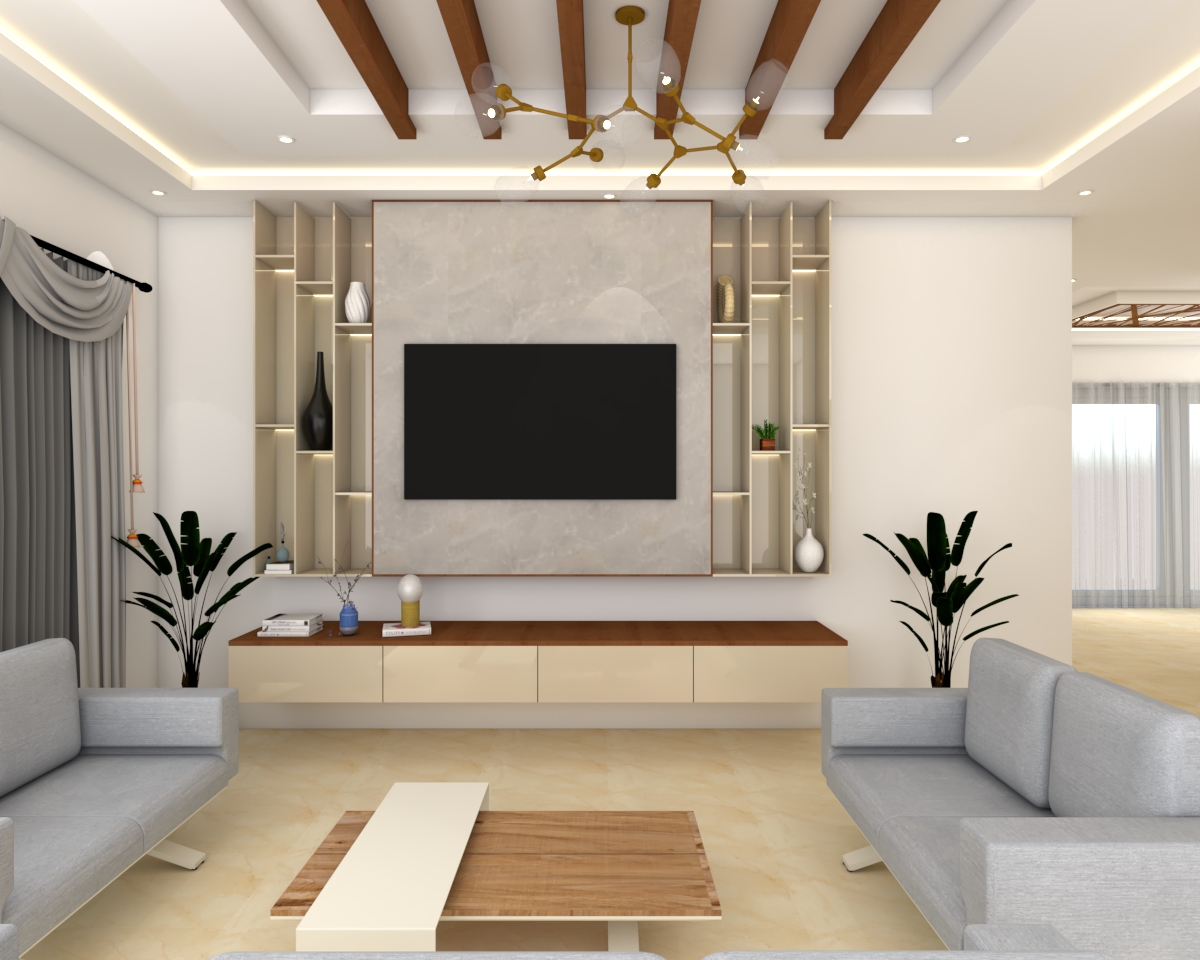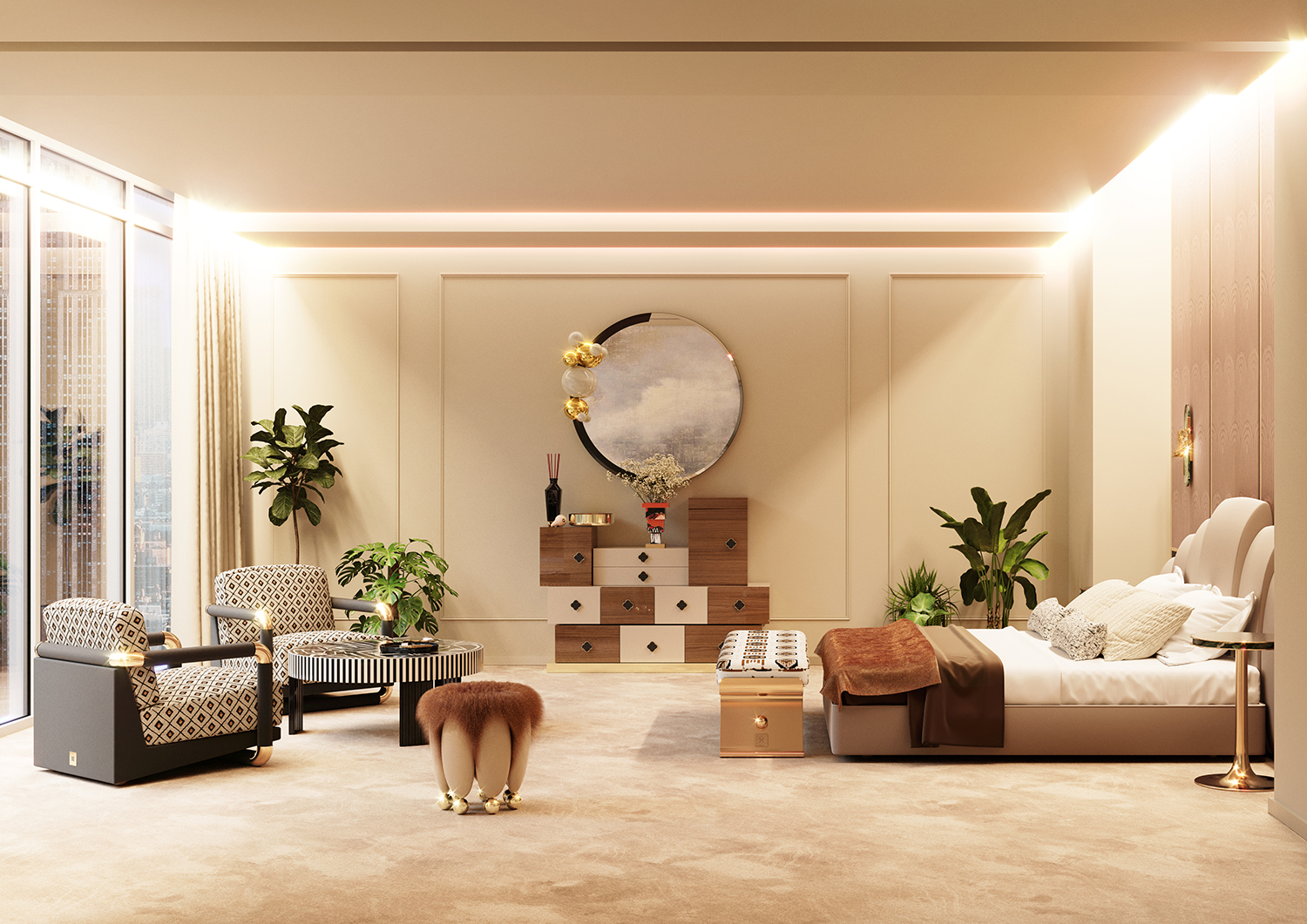Why Recognizing the Concepts of Inside Layout Is Essential for Effective Area Planning
Understanding the principles of indoor layout is essential to efficient area planning, as it lays the foundation for producing environments that integrate capability with visual charm. Necessary aspects such as equilibrium, proportion, and flow are not simply attractive factors to consider; they are critical in maximizing just how a space is utilized.
Value of Room Preparation
Area preparation is an essential facet of interior decoration that substantially affects the capability and appearances of a room. It includes the calculated arrangement of furniture, components, and architectural elements to maximize making use of readily available area while boosting the general user experience. Effective area planning addresses various elements, including flow, ease of access, and the details demands of the residents.
One of the primary benefits of area planning is its capacity to boost spatial effectiveness. Luxury Interior designer Miami. By thoughtfully organizing a format, designers can guarantee that every location offers a function, decreasing clutter and promoting a feeling of order. Additionally, correct space planning fosters an unified atmosphere, enabling for smooth activity and communication within a space
In addition, effective space preparation takes into consideration all-natural light, sightlines, and the relationship in between various areas. This all natural approach not just raises the aesthetic charm however additionally contributes to the wellness and performance of the passengers. Eventually, a well-executed area plan is critical in producing a balanced and inviting environment, making it crucial for any kind of interior decoration project.
Secret Concepts of Interior Decoration

One basic principle is equilibrium, which can be balanced, unbalanced, or radial. Symmetrical balance develops a sense of order, while unbalanced balance offers a more vibrant aesthetic appeal. An additional vital principle is percentage and scale, guaranteeing that the dimension of furnishings and decor elements connect sympathetically to each other and the general room.
Shade theory likewise plays a significant function, affecting state of mind and assumption. Developers use color schemes to stimulate specific feelings and boost the spatial experience. Additionally, the concept of rhythm involves creating a feeling of activity via repetition of patterns, forms, or shades, assisting the eye throughout the room.
Last but not least, the principle of emphasis directs attention to focal points, enabling a clear narrative within the design. Interior designer Miami. By adhering to these key concepts, interior developers can produce atmospheres that not only meet functional requirements however likewise resonate with the occupants on a psychological level
Impact on Functionality and Flow

The plan of furniture, the selection of products, and the combination of modern technology all play vital duties in accomplishing optimal functionality. Putting seating areas in distance to work spaces can promote interaction and collaboration, therefore improving productivity. In addition, guaranteeing that pathways are unblocked and clear enables reliable movement, reducing blockage and advertising an all-natural circulation throughout the room.
Additionally, including components such as lighting and color can additionally aid in marking areas, making it less complicated for people to browse their environment. Thoughtful area planning takes into consideration not just the physical facets of style however also exactly how individuals communicate with their surroundings. Inevitably, an emphasis on capability and flow not just boosts the individual experience but likewise raises the total effectiveness of the area, producing a setting that fulfills the demands of its residents while fostering a feeling of consistency and equilibrium.
Enhancing Appearances and Mood
Three vital components-- lights, appearance, and color-- play crucial functions in boosting the aesthetics and state of mind of an interior space. Shade develops the psychological tone; cozy colors like oranges and reds evoke power and heat, while cooler useful link shades such as blues and greens advertise peace and peace. Choosing an unified color scheme can change an area, producing a aesthetically attractive and natural atmosphere.
Appearance adds depth and rate of interest, contributing to the tactile experience within an area. A mix of structures-- smooth surfaces, deluxe textiles, and all-natural products-- can develop aesthetic intrigue and improve convenience. Combining a soft velour couch with a streamlined glass coffee table can develop a balanced aesthetic that invites communication.
Lighting, often an overlooked aspect, dramatically impacts state of mind. Natural light fosters an open, airy environment, while purposefully put man-made lights can produce heat and emphasize architectural features. Dimmer switches allow flexibility, enabling modifications to match various activities or times of day.
Integrating these three components thoughtfully not just raises the aesthetic appeal of an area yet likewise cultivates an environment that resonates with its designated function, inevitably enhancing the total experience for its passengers.
Practical Applications in The Real World
Applying interior decoration principles in real life needs a thoughtful technique that integrates color, structure, and illumination into day-to-day areas. By recognizing just how these aspects collaborate, individuals can develop atmospheres that are not just visually attractive however also useful and harmonious.
As an example, in a tiny living location, using a light shade scheme can make the room really feel bigger and more open. Strategic use mirrors can improve all-natural light and create an impression of deepness. Including numerous structures via fabrics, such as pillows and rugs, can include heat and interest without overwhelming the detects.
Lighting plays a vital role in specifying the atmosphere. Layered illumination, consisting of ambient, task, and accent choices, allows adaptability in mood settings. In a home workplace, for example, a mix of all-natural light, desk lights, and decorative components can enhance efficiency while keeping an inviting setting.
Moreover, understanding spatial connections and furniture plan can bring about enhanced functionality. By adhering to concepts such as balance and proportion, one can make certain that rooms serve their intended purpose while staying cosmetically pleasing. In general, functional applications of interior decoration principles considerably boost the livability view publisher site and allure of any kind of setting.
Final Thought
To conclude, recognizing the principles of interior design is important for efficient space preparation, as it promotes a balance between capability and aesthetics. By applying key ideas such as proportion, color theory, and flow, developers look at this site can create environments that improve both functionality and aesthetic charm. Eventually, this understanding contributes to the growth of areas that not just meet functional demands however additionally elevate the general environment, leading to even more reliable and delightful experiences for individuals.
Recognizing the principles of interior layout is basic to efficient room planning, as it lays the groundwork for producing environments that harmonize functionality with visual charm.Area planning is a basic aspect of indoor design that considerably influences the performance and visual appeals of a room. Additionally, appropriate area preparation promotes an unified atmosphere, enabling for seamless movement and interaction within an area.
Furthermore, the concept of rhythm entails creating a sense of movement with rep of forms, shades, or patterns, assisting the eye throughout the room.
In conclusion, comprehending the concepts of interior layout is important for effective area preparation, as it fosters an equilibrium in between performance and appearances.